nasa
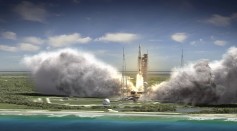
New Name for Space Launching System Could Be On The Way
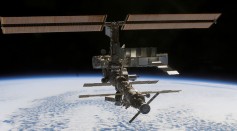
Canada Extends Its Support for the International Space Station
Will Russia Dismantle the ISS?
No Fuel? No Problem. New Technology May Make Interplanetary Travel On Electromagnetic Propulsion
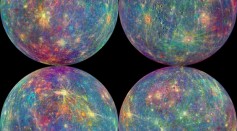
A Fond Farewell to NASA’s MESSENGER
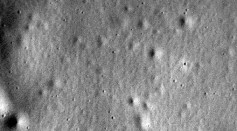
A Final Scene from Mercury—MESSENGER’s Last View
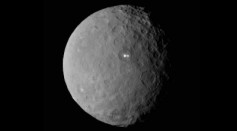
Are Ceres' Bright Spots Signs of Alien Life? NASA Wants You to Weigh In
Local Pacific Palisades NASA Team’s Satellite Technology Saving Lives in Nepal

Cosmic Radiation Reveals Devastating Affects on the Brain—What Plans Will This Change for NASA?

House Science Committee Slashes NASA’s Earth Science Budget
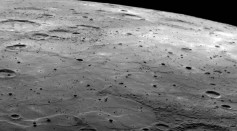
NASA’s Messenger Mission Comes to an End As Probe Crashes into Mercury’s Surface
NASA May Have Just Accidentally Discovered Faster than Light Travel

Messenger Prepares to Dive Bomb Mercury
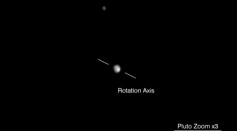
NASA’s Best Photos Yes of Pluto Show Possible Ice Cap
Most Popular

AI Revolution in Medical Education: Transforming How Healthcare Professionals Learn

China’s Tiangong Space Station to Expand Its Capabilities With New Modules

Exploring Life Beyond Earth: Study Claims Other Planets Could Be Suitable for Alien Life

Nikolay Karpenko Biography, Photo, Career, Accomplishments





